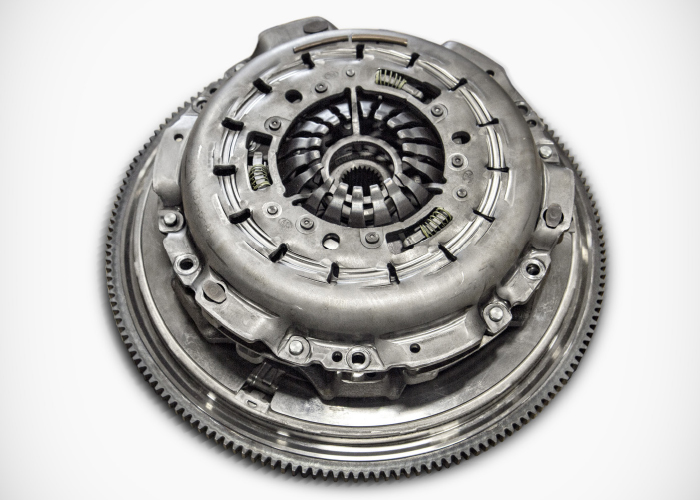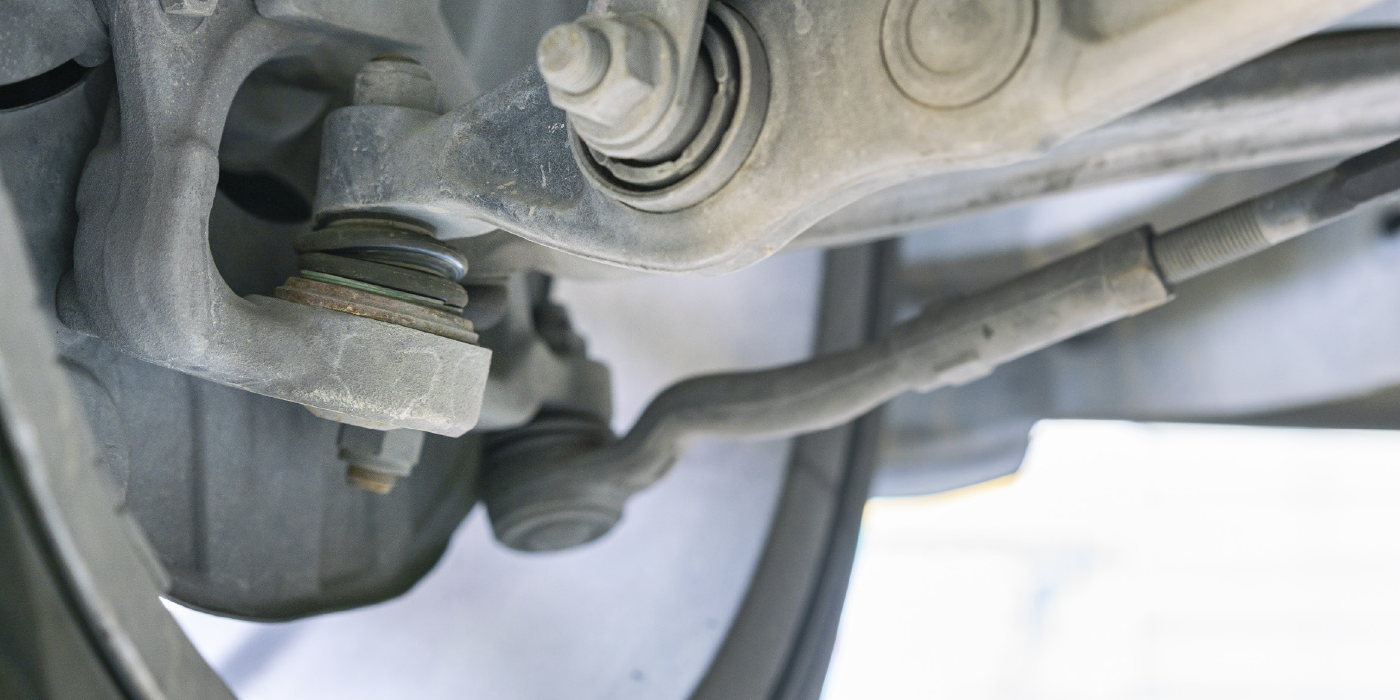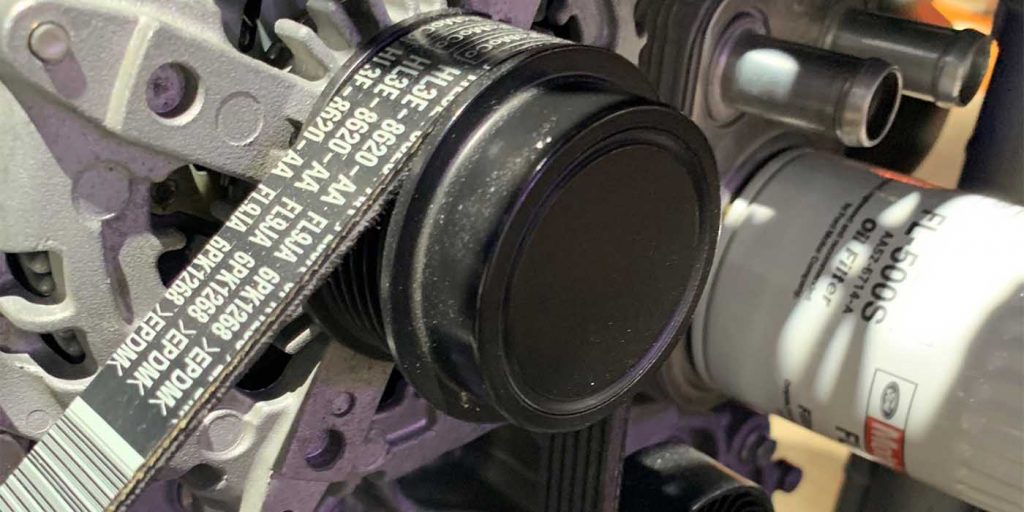“No release” is probably the most common of all clutch problems. The purpose of the clutch is to couple and decouple the engine and transmission. Poor clutch release makes it difficult to start and stop the vehicle or change gears.
Common Clutch release problems
Air in a hydraulic release system;
A flywheel that has been machined too thin; or
A flywheel where the step or cup dimension is out of specification.
Another condition may be that the disc damper can interfere with flywheel crank bolts, resulting in no release as well. Flywheel step and cup dimensions are critical to proper clutch operation. Too tall of a step or too shallow of a cup can create a “thick disc condition.” A thick disc condition will reduce or eliminate clearance between the disc, flywheel and clutch friction surfaces and cause release problems. Flywheel runout should also be inspected.
The conditions listed above account for the majority of “no release” problems, but other, less common conditions do contribute to no release, as well: Bent drive straps on the clutch, worn pilot bearings, a bent release fork, or a worn or binding release cable can all contribute to release problems. Any component in the release system that flexes, like a fork or firewall, can “absorb travel” and cause no release.
Causes of Clutch Release Problems
External:
- Contaminated hydraulic fluid;
- Incorrect release system adjustment;
- Air in the hydraulic release system;
- Defective or worn release system components;
- Defective or worn pedal bushings or brackets; or
- Flexing of the firewall or any release component attachment point.
Internal:
- Misalignment of clutch components;
- Corroded, damaged or improperly lubricated input shaft splines;
- Worn pilot bearing/bushing;
- Worn bearing retainer;
- Bent or worn release fork or pivot ball;
- Worn linkage components;
- Stretched release cable;
- Excessive or incorrect flywheel machining;
- Bent clutch drive straps;
- Bent or distorted disc;
- Improper transmission lubricant; or
- Improper bolting of the clutch.
Courtesy of Schaeffler Group USA















